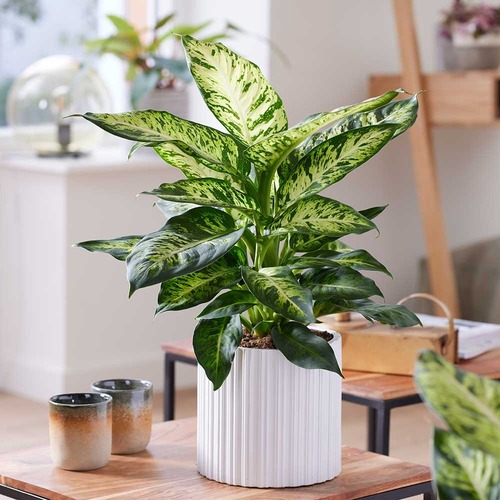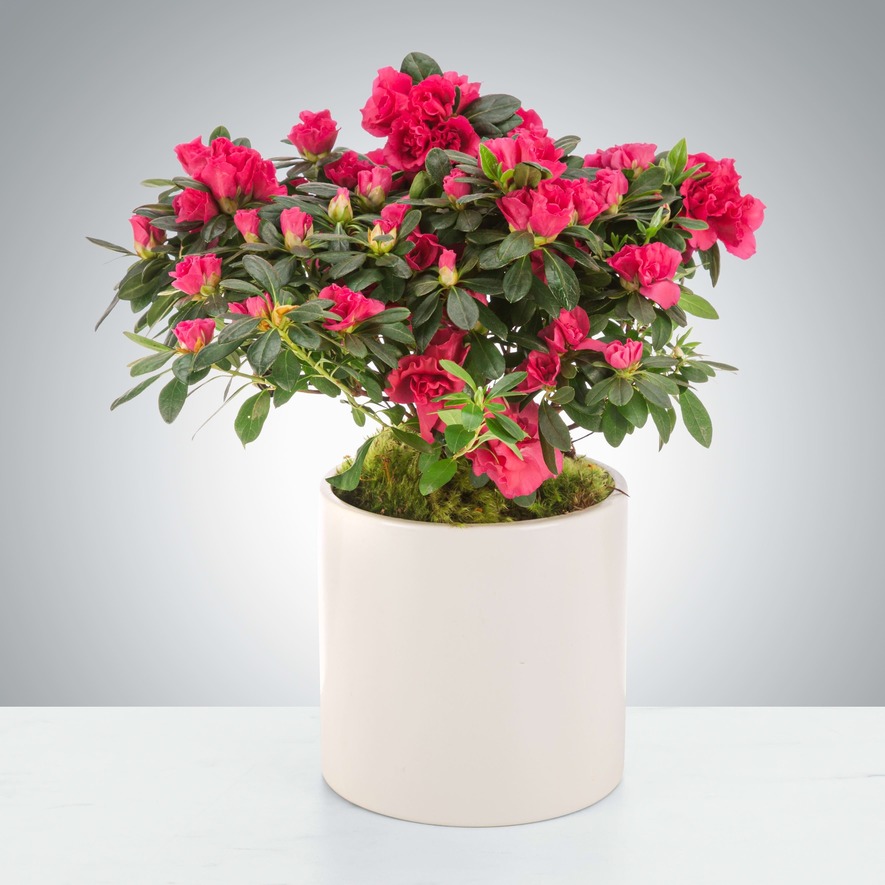Houseplants can bring beauty and fresh air into your home, but not all of them are as harmless as they look. Some popular houseplants contain toxins that can pose serious risks to both humans and pets. Before you bring new greenery into your living space, it’s important to know which plants could be dangerous. In this article, we’ll explore five common houseplants that you should handle with care.
1. Calla Lily

Calla lilies are popular garden plants that can also be grown indoors. While the traditional variety has pure white blooms, modern hybrids come in a wide range of colors. Their flowers, called spathes, can last for weeks, bringing long-lasting color to containers, garden borders, large plantings, and flower arrangements.
They contain calcium oxalate crystals and enzymes that can be slightly toxic, especially in the leaves. If any part of the plant is eaten, it can be harmful to both pets and humans, causing mouth irritation, pain, discomfort, and vomiting. The sap can also irritate the skin or eyes, so it’s best to wear gloves and handle the plants with care.
These tropical plants grow from rhizomes and are also commonly sold as houseplants in flower shops. Choose a location that gets full sun to partial shade, ideally with bright, indirect light. Ensure the soil is well-draining and enriched. Avoid deep shade as it can reduce the number of blooms, and be cautious of the intense midday sun in summer, which can stress the plant.
2. Poinsettia

Poinsettia is a popular holiday plant often called the Christmas flower! It is known for its vibrant red leaves and tiny yellow flowers, adding a festive look to any home. It is grown for its bright red, pink, or white colored leaves (bracts) that surround small yellow flowers.
While its milky sap is not deadly, it can cause serious irritation and discomfort, particularly if it comes into contact with your eyes, potentially requiring medical attention. The plant’s toxicity comes from compounds called diterpene esters, which are found throughout the plant, especially in the sap.
This houseplant is relatively easy to care for if given the right amount of light, water, temperature, and soil. They can thrive throughout the holidays and may even bloom again next year. Keep them out of direct sunlight to prevent the leaves from burning, and use a quality potting mix that holds moisture but drains well to avoid root rot.
3. Dumb Cane

Dumb cane is a popular tropical houseplant known for its ability to purify the air. It has pointed, oval-shaped leaves in different shades of green, cream, and white, and it can grow up to 10 feet tall.
The plant contains high levels of oxalic acid and calcium oxalate crystals in its leaves, stem, and sap, which can cause swelling of the lips, tongue, and throat, difficulty speaking, and nausea if ingested. It is also toxic to pets and livestock, so it’s best to avoid having it around if you have animals at home. Its sap can even cause temporary loss of speech, which is how it got its name!
Dumb cane grows best indoors in bright, indirect light and should be kept out of direct sunlight. Use fertile, well-drained potting soil with a high peat content and water when the soil starts to feel dry. It thrives in average room temperatures with high humidity.
4. Azalea

There is nothing more stunning than an azalea shrub in full bloom during spring. These plants can grow 6 to 10 feet tall, with bright, colorful, tubular flowers and a dense, bushy appearance when planted outdoors. There are also smaller varieties that are grown as houseplants for their beautiful blooms.
Many types of azaleas thrive both indoors and outdoors, but it’s important to know that they are highly toxic. They contain grayanotoxins, which can cause severe health issues, such as paralysis, coma, or even cardiac arrest if ingested.
They do best in partial shade or in sunlight that is filtered through trees. They have shallow roots and need well-drained soil. Regular watering is important for newly planted azaleas to help them develop strong roots, and drip irrigation is ideal to avoid overwatering. They don’t require much pruning, but trimming after flowering can help maintain a compact shape or encourage thicker growth.
5. Sago Palm

The sago palm is a popular indoor decorative plant with glossy, palm-like leaves that curve down at the edges. Its stiff, feather-like leaves spread outward in a deep green display, making it a beautiful addition to any home. However, this plant is highly toxic if ingested by humans or pets, especially cats. All parts of the sago palm, particularly the seeds, contain a toxic compound called cycasin, which can cause liver failure and, in severe cases, can be fatal.
Sago palms thrive in warm, humid conditions with four to six hours of filtered sunlight each day. In cooler climates, they are usually grown as houseplants. Protect them from harsh, direct sunlight, which can damage their leaves. To keep the air around them humid, mist the plant regularly or place its pot on a tray filled with water and pebbles. Allow the top of the soil to dry out between waterings, as these plants are prone to problems from overwatering and poorly drained soil.

